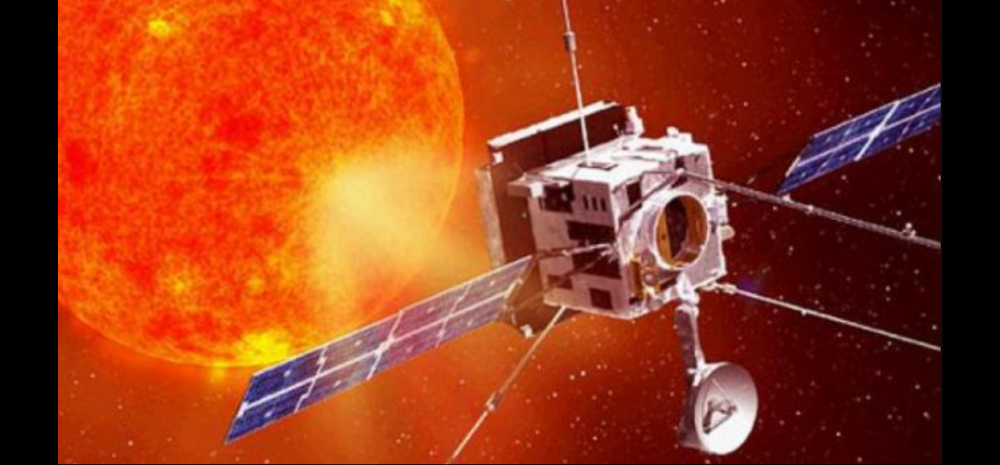Fresh off the success of ISRO’s third lunar mission Chandrayaan-3 as it made a historic soft landing on the Moon, the organisation is already gearing to launch its next mission.

Coming this September
ISRO chief S Somanath said the Aditya solar mission will likely roll out on September 2.
“Aditya Mission to the Sun is getting ready for launch in September. Gaganyaan is still a work in progress.
We will do a mission possibly by the end of September or October to demonstrate the crew module and the crew escape capability which will be followed by many test missions until we do the first manned mission possibly by 2025,” he said.
Journey of nearly 4 months
Aditya-L1 will be the country’s first observatory-class space-based mission to study the Sun.
It will be launched by ISRO PSLV rocket from Satish Dhawan Space Centre SHAR (SDSC SHAR), Sriharikota.
Nilesh M Desai, Director, Space Applications Centre-ISRO said it would take 127 days for the spacecraft to reach its destination, nearly 15 lakh kilometres away from Earth.
The Sun’s L1 point
It will be placed in a halo orbit around the Lagrange point 1 of the Sun-Earth system.
The L1 point gives an uninterrupted view of the Sun, since a satellite around this point has a greater advantage of continuous solar observation without occultation/eclipses.
This will allow it to conduct close observations of the Sun, monitor solar activity, and advance our understanding of the star.
The Solar and Heliospheric Observatory Satellite SOHO from Nasa is currently present at this position.
Mission progress
In the meantime, the Pragyan rover of Chandrayaan-3 ramped down from the Vikram lander and started moving on the lunar surface.
It will explore the moon for one lunar day, which is 14 days in Earth time.
The ISRO chief said they will also “do a robotic path planning exercise which is important for future explorations”.
The rover will study the lunar surface using its payload APXS – Alpha Particle X-Ray Spectrometer.
It will derive the chemical composition and infer mineralogical composition to further enhance understanding of the lunar surface.
Why the south pole?
When asked why the lunar south pole was chosen, Somanath said it held a special advantage due to being less illuminated by the sun.
As a result, it holds the potential to have more scientific content..
“Scientists took a lot of interest in the South Pole because ultimately human beings want to go and create colonies and then travel beyond. So the best place is something we are looking for and the South Pole has the potential to be that”, he explained.
As the rover now moves forward and gets to work, it will leave the imprints of India’s national symbol, the Ashoka Pillar and the logo of ISRO.













